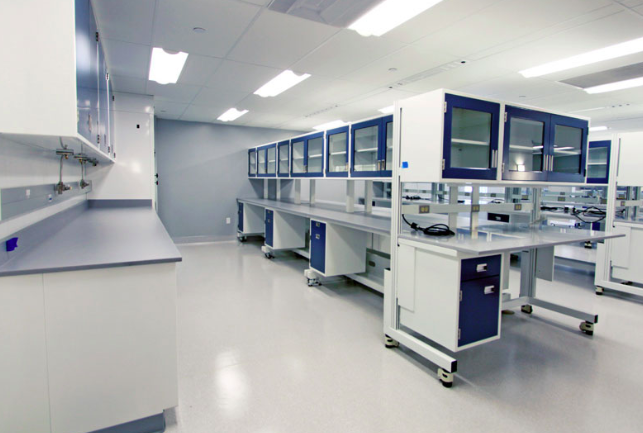A pathologist is a medical professional who examines bodies and body tissue. They are also responsible for conducting lab tests. A clinical pathologist is an essential part of medical teams who reach diagnoses for patients. After completing medical school, an individual must also complete three years of advanced medical education in a residency program before they are eligible to take board certification exams. Most pathologists are trained in both anatomical and clinical pathology.
The Role of Blood and Pathology Tests
Blood and pathology tests are essential for detecting, diagnosing, and treating disease. The term, “pathology” means the study of disease as well as causes and progression. There are a variety of pathology tests including blood tests, urine, stool (feces), and body tissue testing. Pathologists interpret the results of blood and pathology tests. They are looking for abnormalities in the samples that may indicate the presence of disease or health risks like cancer, chronic illnesses, or pre-diabetes.
Why Blood and Pathology Tests Are Ordered
While pathology plays a role in detecting and diagnosing diseases, the tests are also important for other reasons including:
· Properly treating a disease
· Monitoring the progression of disease
· Preventing disease
· Determining the future risk of disease
· Aiding research for new treatment options
· Ensure the safety of treatment and procedures
When a doctor or specialist requests pathology tests it’s usually due to a concern about your health risks. A pathology test is effective for discovering if a problem or concern exists.
Types of Tissue Pathologists Examine
A pathologist is trained to examine tissue samples including samples as small as a dozen cells. Tissue cells may be obtained by aspiration or a needle biopsy. Larger tissue samples are surgically removed.
What do clinical pathologists do?
A clinical pathologist examines blood, urine, and other types of bodily fluids under a microscope. They are watching for the presence of certain chemicals or other substances. Their test results often determine a diagnosis or treatment option. Specimens used in clinical pathology include:
· Blood Samples are used in many tests and can be checked in a variety of ways whole, plasma (the remaining fluid after red and white blood cells are removed), or serum (the clear fluid that separates from the blood during clotting).
· Urine Samples are collected in a variety of ways including catheterization, clean catch specimen, or randomly.
· Sputum Samples or phlegm samples are coughed into a clean container.
· Stool Samples are often examined for the presence of blood.
· Other Bodily Fluid Samples may include spinal fluid, pleural fluids, belly fluids, joint fluids, or bone marrow.
Clinical pathologists are often responsible for blood banks at hospitals. Their duties include collecting and processing blood products. They may also look at transfusion reactions or check tissue compatibility for transplants.
Conclusion
Pathology is a medical field that is quickly becoming more specialized. Pathologists provide experience and expertise when it comes to interpreting laboratory test results and evaluating cells, tissue, and organs in order to diagnose disease. A pathologist may determine a specific type of cancer and what stage it is in so that appropriate treatment can be recommended. In a quickly advancing technological age, their work is far from done and their importance continues to become apparent.
https://www.mskcc.org/cancer-care/diagnosis-treatment/diagnosing/role-pathology
https://pathology.uic.edu/understanding-your-pathology-report/
https://www.rcpath.org/discover-pathology/what-is-pathology.html
https://www.urmc.rochester.edu/encyclopedia/content.aspx?contenttypeid=85&contentid=P00955
https://www.betterhealth.vic.gov.au/health/conditionsandtreatments/Blood-and-pathology-tests
https://www.hopkinsmedicine.org/health/treatment-tests-and-therapies/the-pathologist







